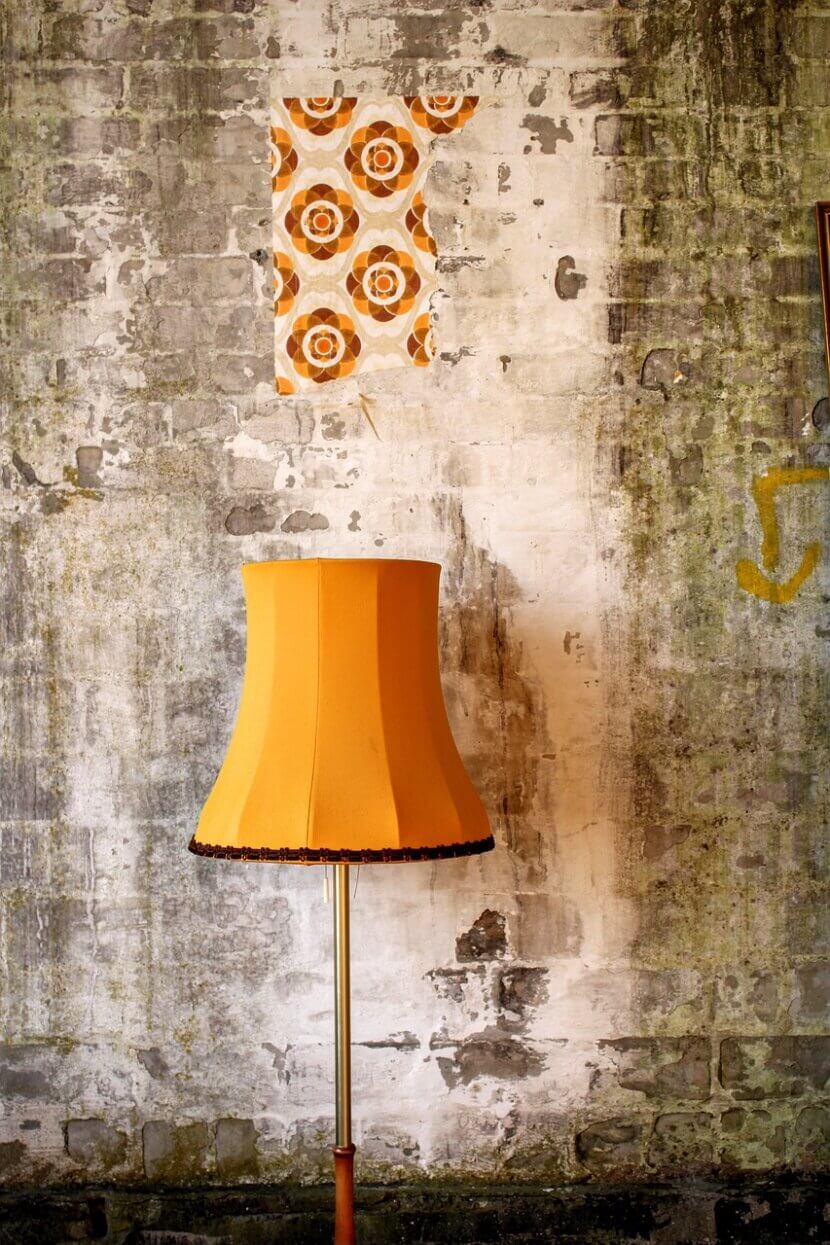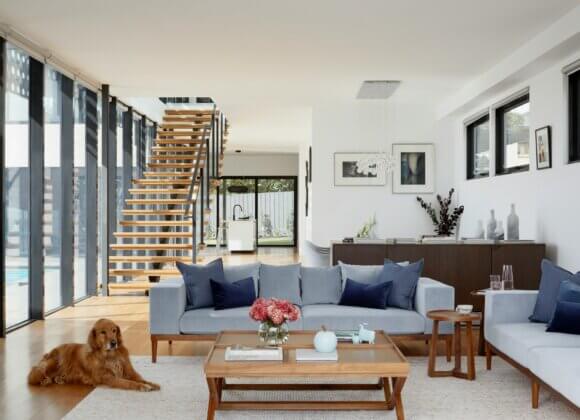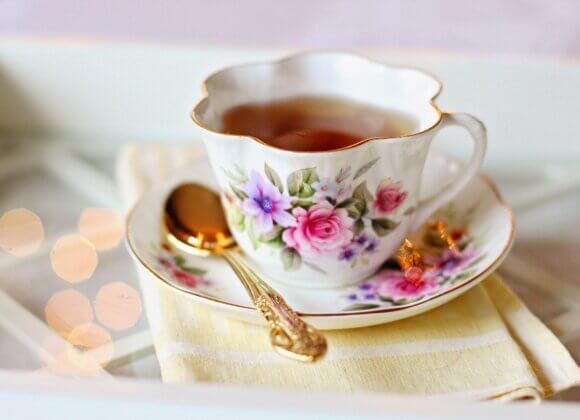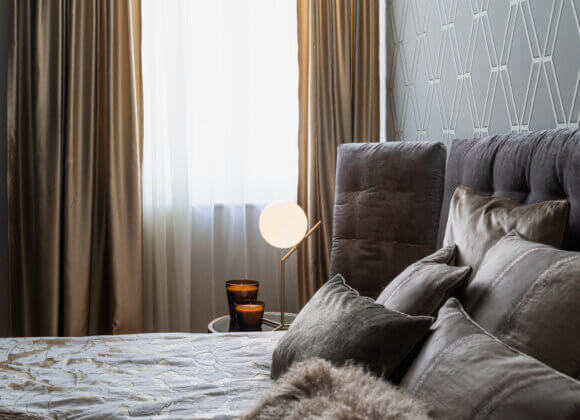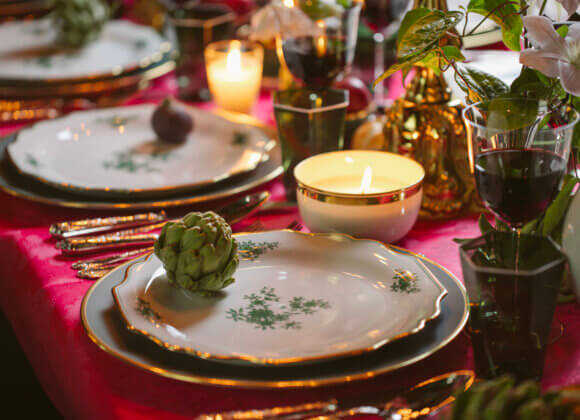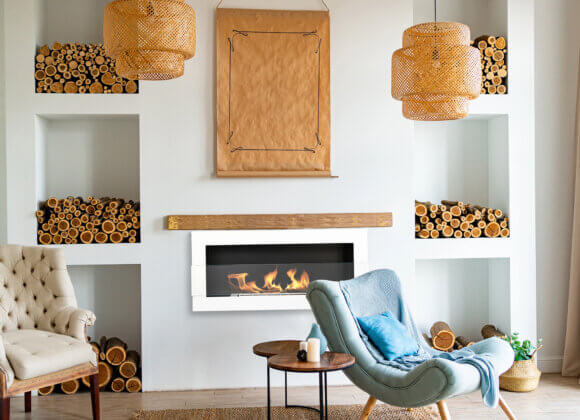Retro furniture is more than just a piece of furniture – it is a tribute to times gone by and a statement of individuality. Whether original pieces from grandma’s living room, designs from the flea market or modern reinterpretations: The charm of the 1950s to 1970s is moving into our rooms and merging nostalgia with contemporary style. But what makes the retro look so special and how can it be perfectly integrated into modern living concepts? A guide for anyone looking for a touch of nostalgia.
Retro furniture: what exactly is it?
The term “retro furniture” describes pieces of furniture that are reminiscent of past design eras without necessarily originating from that time. They are often reproductions or new creations that pick up on the style from 1940 to 1980 – from the organic lines of the 1950s to the bold colors and geometric shapes of the 1970s.
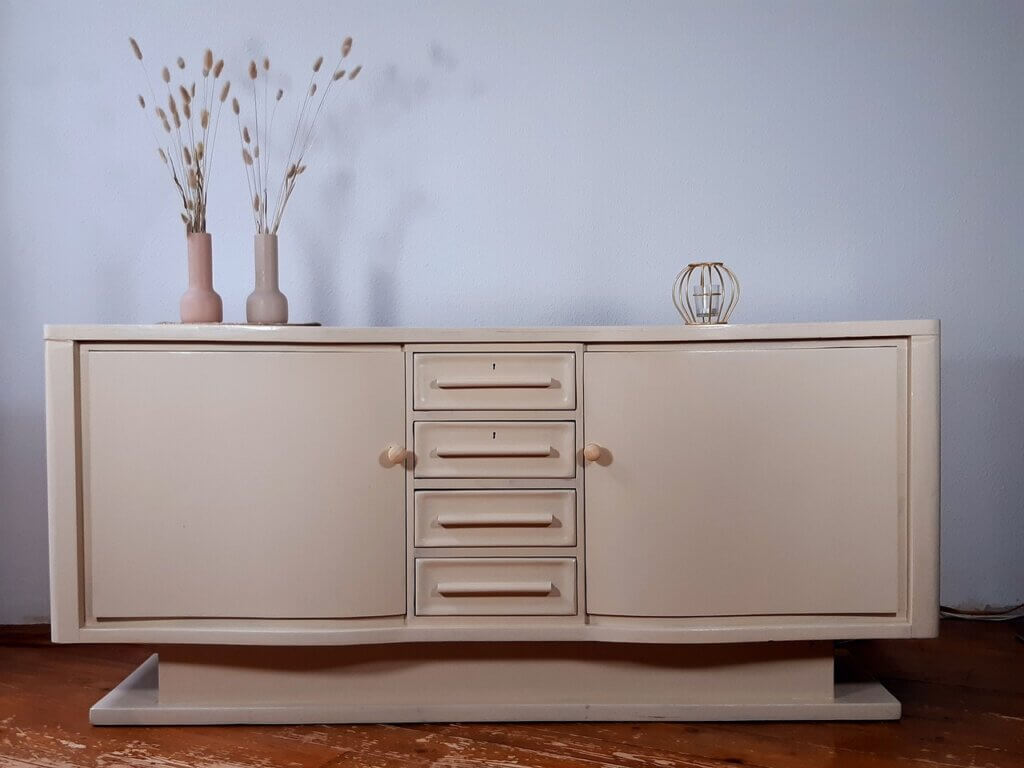
Retro-style furniture vs. original pieces
While retro furniture captures the spirit of past decades, original pieces were actually created in the respective era. Grandmother’s pieces of furniture, such as a bedside table or a chest of drawers with inlays, therefore fall under the term “retro”, as do original design classics from brands such as Knoll, Arne Jacobsen or Eero Saarinen. However, newly produced furniture in retro style, for example in typical colors such as mustard yellow, petrol or brick red, also belong in this category.
Retro style in the decoration
Retro is not just limited to furniture. Wallpaper with psychedelic patterns, globe-shaped lamps or pictures with graphic prints are also part of the retro style. Even carpets with geometric shapes or accessories such as vintage radios and porcelain vases contribute to the journey through time.

When does a piece of furniture become “retro”?
As a rule of thumb, anything that dates back at least 20 years can be described as retro. However, only design from the mid-20th century to the late 1970s is often considered “typically retro”.
How to integrate retro furniture into your interior
– Combine retro furniture with simple, modern elements. A mid-century armchair next to a minimalist table creates exciting contrasts.
– Typical retro colors such as orange, brown or green go well with neutral tones such as grey or beige.
– Less is more: opt for a few eye-catching retro pieces and avoid making the room look like a museum.
– Matching decorations – such as vintage vases, lamps or cushions – round off the look without overloading it.
Where can you find retro furniture?
First and foremost, of course, in antique stores and at flea markets, online platforms or specialized vintage stores. But you can also find what you are looking for in furniture stores and designer stores: Many manufacturers are now focusing on retro design and offering new furniture with the look of past decades.
Related posts:
Vintage furniture in Vienna – these are the best addresses
Furniture care: how to keep your furniture looking good for a long time


